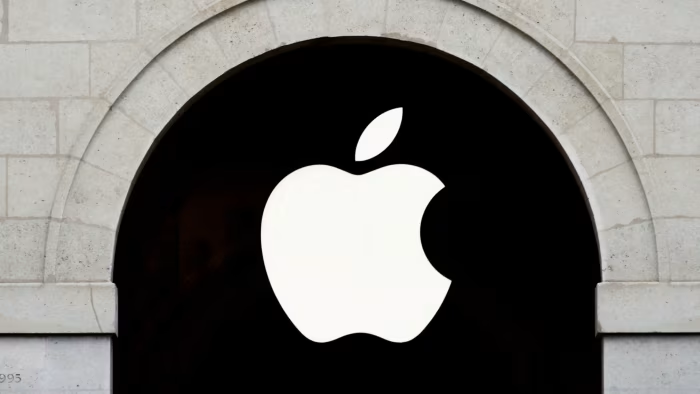 Image Source: Financial Times
Image Source: Financial Times
U.S. President Donald Trump issued a chilling threat to Apple on May 23, 2025, stating that iPhones are only allowed to be sold in the United States if they are made domestically—or otherwise risk a 25% import tariff. The statement, posted through Truth Social, spooked the tech sector and sent shares of Apple plunging in premarket trading.
Trump's Announcement and Rationale
-
Trump posted on Truth Social that he has "long ago advised Tim Cook of Apple" that iPhones being sold in the U.S. must be made in the country, not in India or other locations.
-
He threatened that if Apple doesn't comply, at least a 25% tariff will be put on iPhones being sold in the U.S.
-
Trump's comment comes as there continue to be concerns over U.S. reliance on foreign production and supply chain risks.
Impact on Apple and the Market
-
Apple's shares fell more than 2% in premarket trading after the announcement, pulling down U.S. stock index futures.
-
The risk of tariffs would significantly increase the price of iPhones in the United States, potentially lowering Apple's sales and profits.
Apple's Response and Supply Chain Strategy
-
Apple has yet to respond publicly to Trump's announcement.
-
As a reaction to earlier tariffs against China, Apple has been diversifying production to India, and it is expecting a large chunk of U.S.-sold iPhones to come from India in the next few quarters.
-
Most India-made iPhones are already put together by Foxconn and Tata Group in southern India.
Legal and Political Uncertainty
-
Whether Trump—or a president—can impose a tariff on a single company instead of imports from one nation is unclear.
-
The threat contributes to the uncertainty for multinational firms making their way through changing U.S. trade policies.
Industry and Economic Ramifications on a Larger Scale
-
Apple is joined by other large American corporations such as Amazon and Walmart in being subject to increased scrutiny and possible cost bumps from tariffs.
-
The action may hinder Apple's plan to diversify its supply chain away from China and compel the company to rethink its global manufacturing presence.
Sources: Reuters, MarketScreener, U.S. News & World Report, NDTV, Associated Press (AP), CNBC, Economic Times
Advertisement
Advertisement







